
The main drawback for fertility in cancer treatment is chemotherapy. Chemotherapy causes infertility by attacking follicles and immature eggs in the ovaries. Radiation treatment to the abdomen and pelvis, which is also the type of cancer treatment damages the follicles as well as the uterus. And if there is radiation treatment involved to the brain, this can disrupt the delicate hormonal balance which is needed for fertility. There are two main and most popular options for women want to preserve fertility. One of the most popular and most studied is egg banking.
Oncofertility specialists are making egg banking available to more patients. Egg banking also is much more effective now than it was five or ten years ago, because the eggs can be frozen better. However, there are disadvantages, because egg banking is not possible for every woman. For example, girls who have not yet gone through puberty or for women who cannot postpone cancer treatment while they take hormones to stimulate production of mature eggs. However, there is another option, which is about preserving ovarian tissue. During the procedure an ovary is removed via an operating telescope (laparoscopy) and the ovary is sliced into strips, frozen, and stored.
Following cancer treatment, or whenever a woman is ready to have a child, the ovarian tissue can be thawed and transplanted back into her body. Sounds surreal, doesn't it? But worldwide there have been about 20 live births resulting from this procedure and there were several cancer patients involved. The main advantage of this therapy is that no hormonal therapy is needed to stimulate the egg and that this therapy can be used on a child. There is a dark side: transplantation does carry the potential risk of reintroducing cancer cells back into the body, so the procedure is not recommended for women who have had ovarian cancer or blood system cancers.


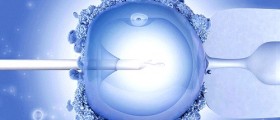
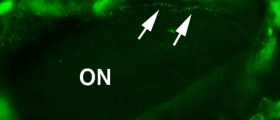





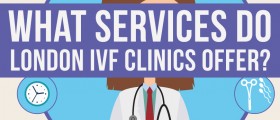

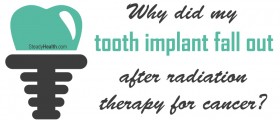


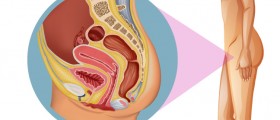
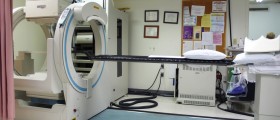
_f_280x120.jpg)
Your thoughts on this
Loading...